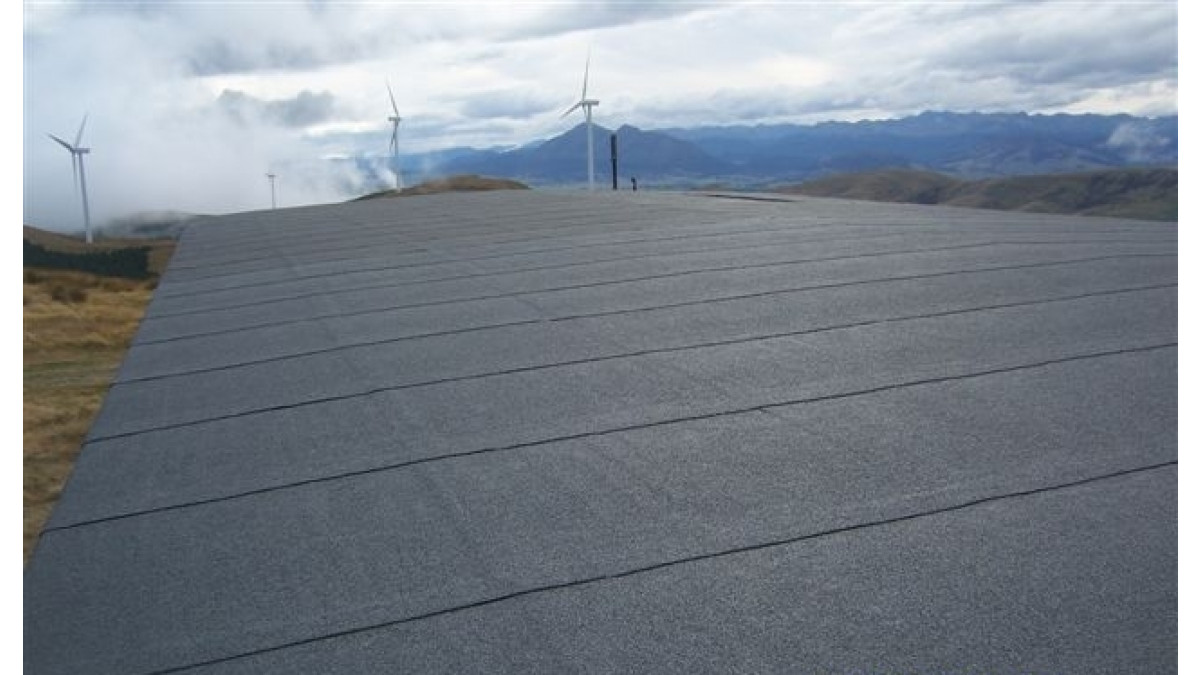Torch-on roofing is a low-slope roofing system made from modified bitumen. Think of it as asphalt that’s been improved with polymers for strength and flexibility. Installers heat the sheets with a torch so they bond to the roof. The result is a tough, waterproof membrane.
Most systems use two plies:
-
Base sheet for adhesion and reinforcement.
-
Cap sheet with mineral granules for UV protection and durability.
-
You’ll also see self-adhered or cold-applied versions when open flames aren’t ideal.
SBS vs APP (quick decode)
-
SBS = “elastic” asphalt. Stays flexible in cold weather. Great for B.C.’s freeze-thaw.
-
APP = “plastic” asphalt. Handles heat well; often used in warmer zones.
Both are modified bitumen. The right choice depends on climate and project details.
Where torch-on makes sense?
-
Flat and low-slope roofs on homes, garages, and small commercial spaces.
-
Balconies and overhangs that need a clean, durable waterproof surface.
-
Coastal climates where wind and rain demand robust seams and UV protection.
Why do people pick it?
-
Seam strength. Heat-welded laps make a continuous water barrier.
-
Durable surface. Granulated cap resists sun, foot traffic (light), and wind.
-
Repairable. Future patches can be torched or cold-applied.
-
Climate fit. SBS systems keep flexibility in cold snaps.
What to watch?
-
Fire safety. Torches require trained crews and strict site controls. Where fire risk is high, go self-adhered/cold-applied.
-
Deck prep. Substrate must be dry, clean, and sound. Moisture below a membrane = blisters.
-
Drainage. Low-slope roofs need a positive slope (aim ~¼ in per foot). Standing water shortens life.
-
Details matter. Edge metal, wall flashings, and drains are as important as the membrane.
Lifespan and maintenance
A quality torch-on system typically delivers 20–30 years when installed to spec with proper slope and ventilation. Keep drains clear. Remove debris. Inspect flashings yearly. Small fixes early prevent big leaks later.
How does RoofPro install?
-
Assess. Measure slope, check the deck, plan drainage, and pick SBS/APP based on exposure.
-
Prep. Replace soft sheathing. Prime where needed. Set tapered insulation for slope if required.
-
Metal & details. Install edge metal, scuppers, and wall flashings first.
-
Membrane. Lay the base sheet, then torch (or cold-apply) the cap sheet with tight, even seams.
-
Finish. Seal penetrations, roll seams, and inspect for fishmouths or voids.
-
Handover. Provide photos, a warranty, and a simple care plan.
Bottom line: Torch-on is a proven, long-life choice for low-slope roofs in coastal B.C. Done right—with safe methods, good drainage, and tight details, it stays watertight for decades.


